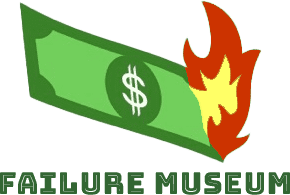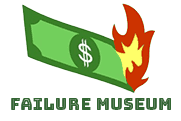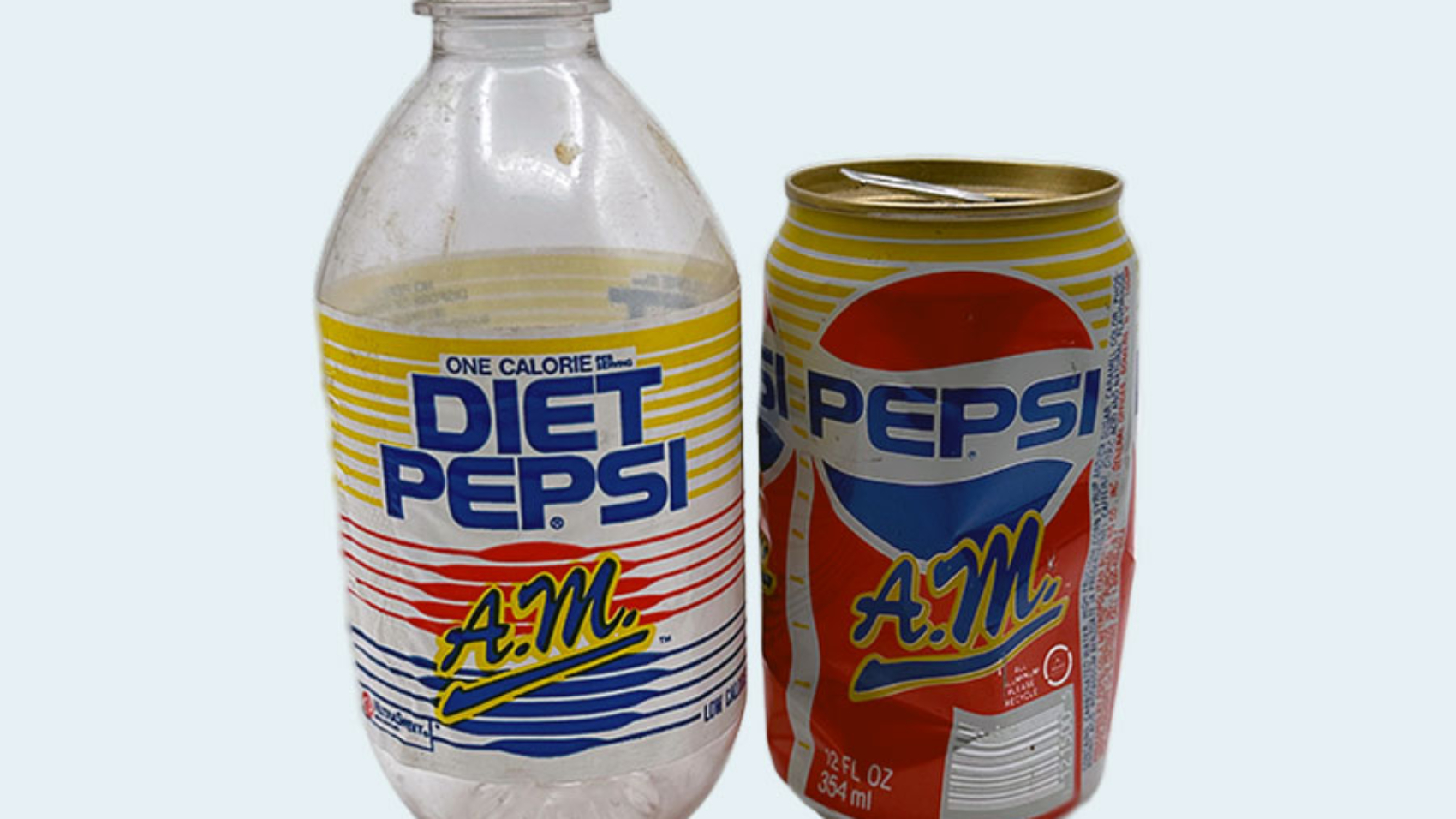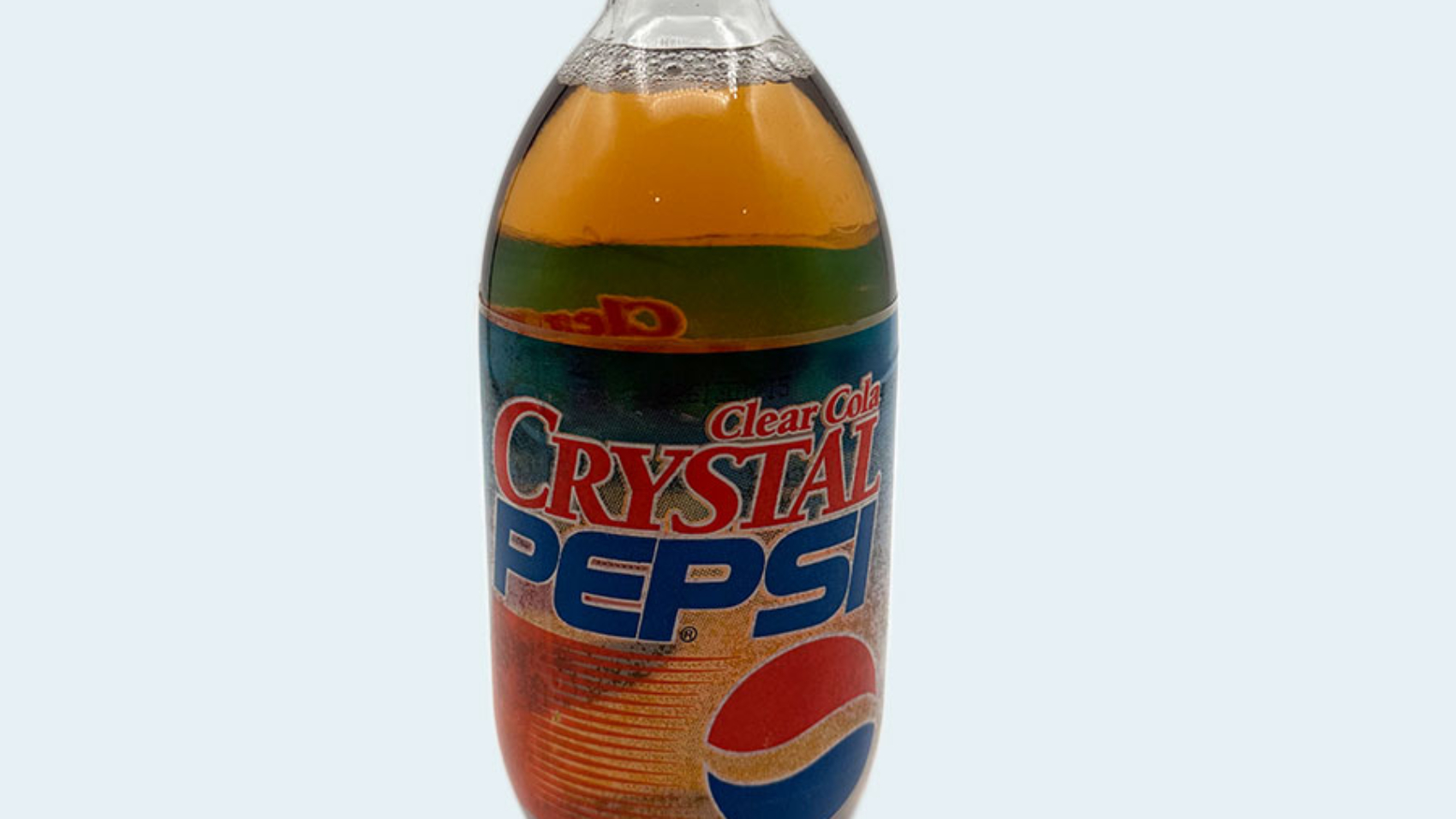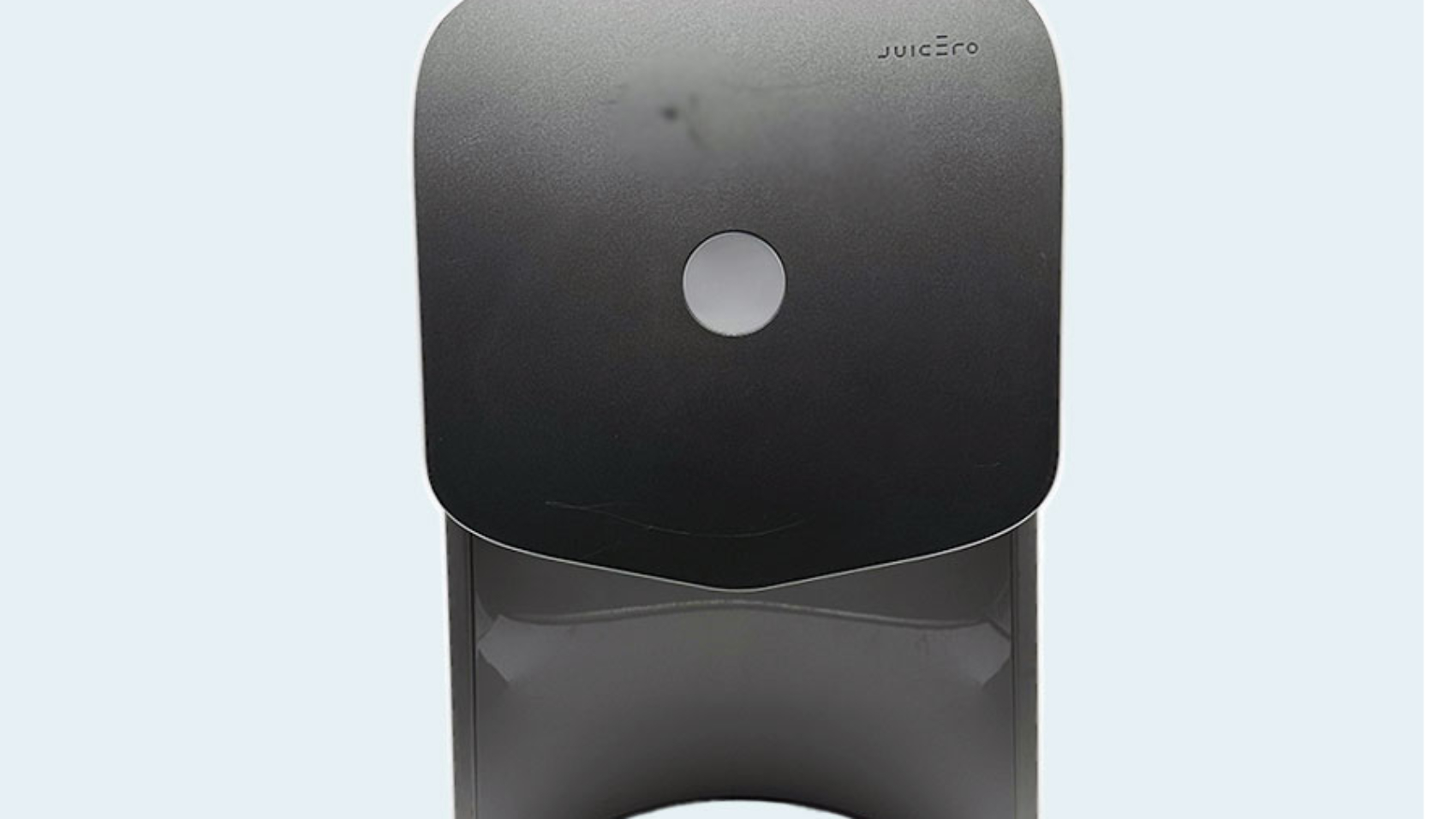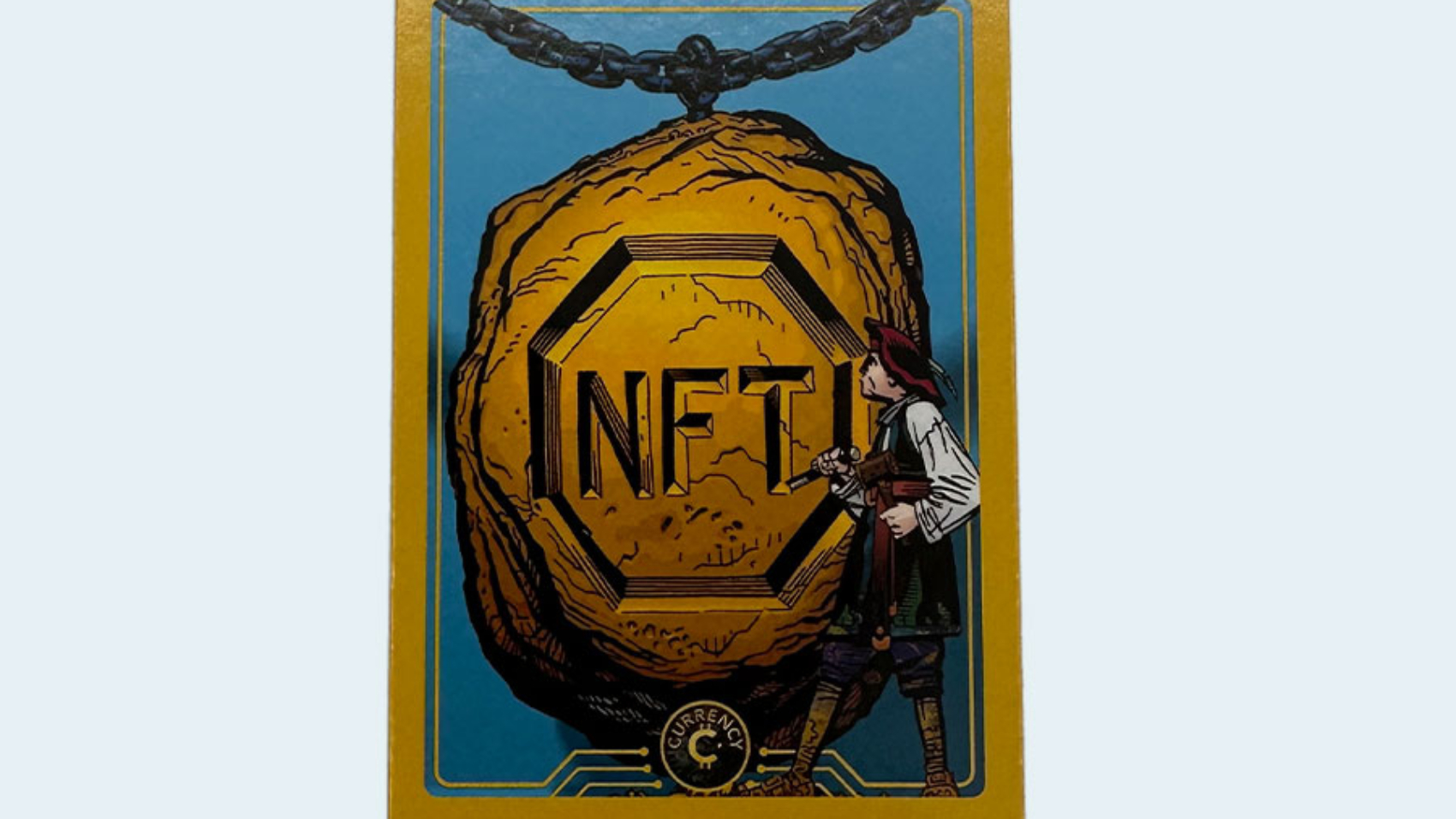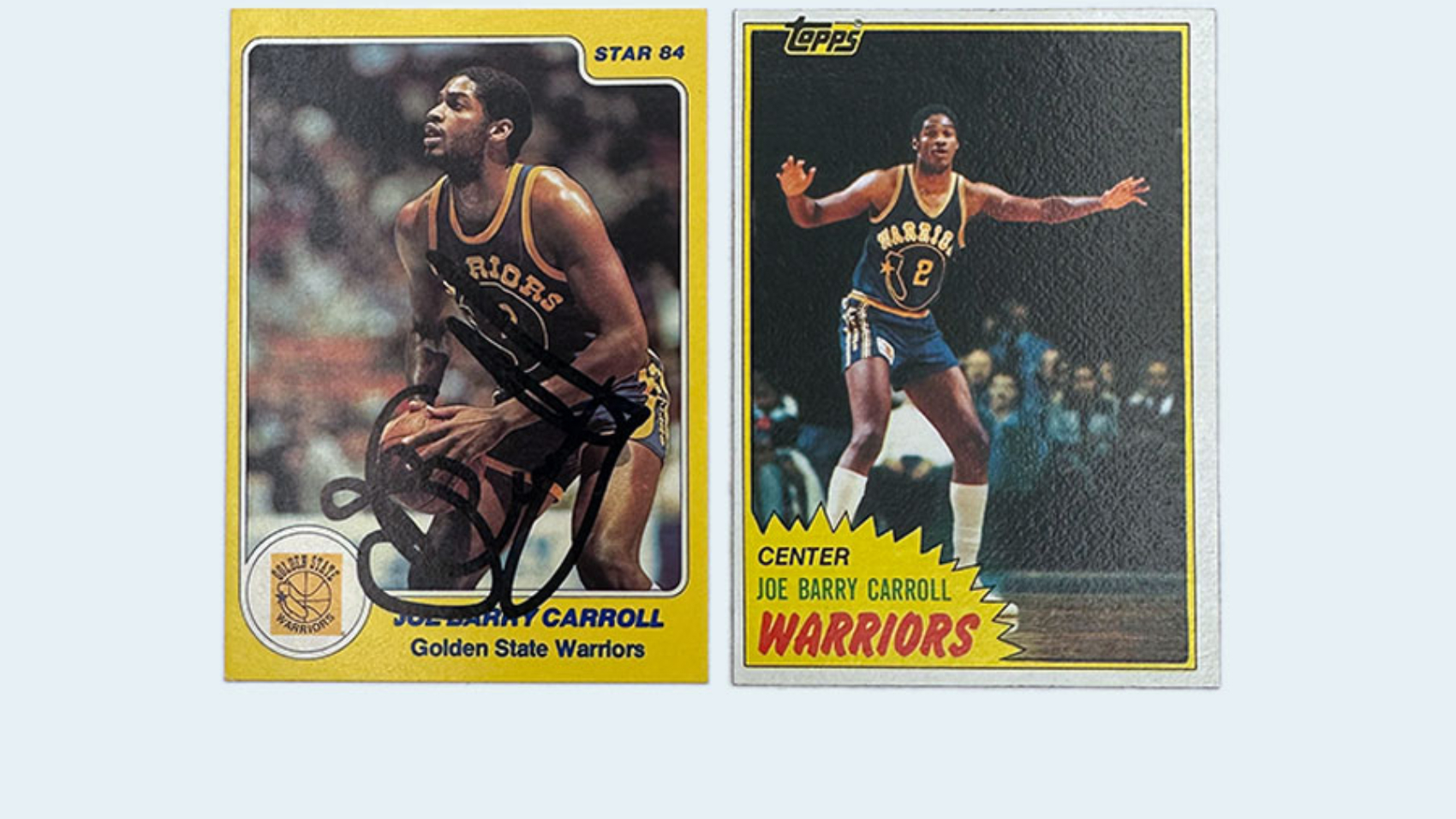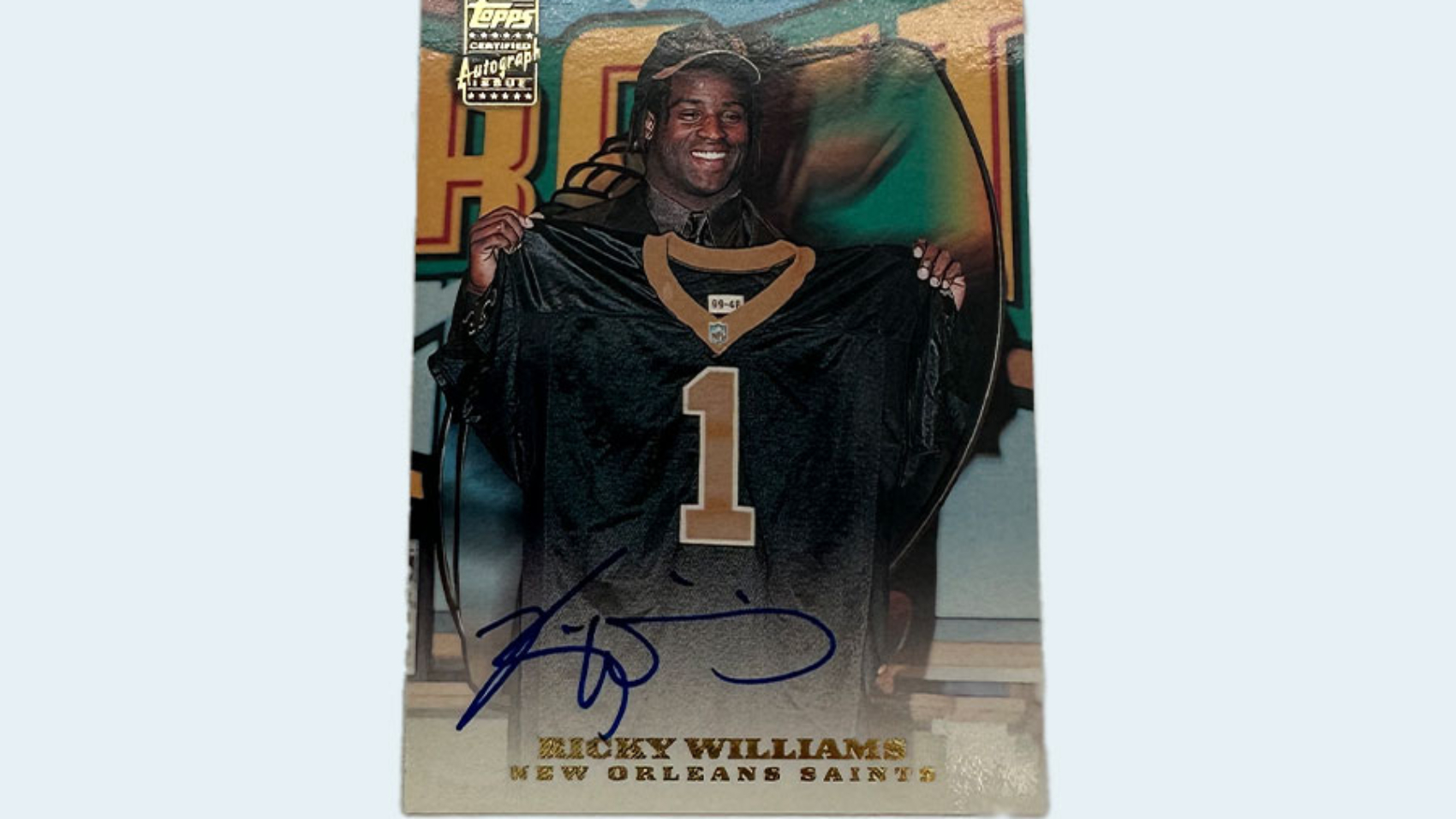In 2004, Merck withdrew it’s painkiller Vioxx from the market. Vioxx caused thousands of avoidable premature deaths and over 100,000 heart attacks.
Kozmo
Shut down in 2001 after having raised $250 million, Kozmo was an online retailer that provided quick delivery of goods. Due to Kozmo’s $0 delivery fee and no minimum purchase requirement, it was difficult to build an efficient and profitable business.
Pepsi AM
In 1989, Pepsi A.M. was introduced to the breakfast market. It was a soda designed to provide a caffeine boost to consumers who preferred a carbonated drink over coffee or tea in the morning. The product was marketed with the tagline “The All-Night Cola,” suggesting it was perfect for those who had stayed up late and needed a pick-me-up in the morning. The initial reception of the product was not positive, and it failed to generate much interest among consumers.
Crystal Pepsi
In 1993, Crystal Pepsi failed after not having a clear target audience. PepsiCo’s marketing strategy was aimed at capturing the attention of consumers who preferred a healthier alternative to traditional soda, but the ‘clear’ appearance of the drink did not necessarily indicate that the drink was a ‘healthier’ option. The drink often turned brown due to sunlight.
Juicero
The Juicero Press, a Wi-Fi-enabled kitchen appliance that squeezed juice out of pre-packaged pouches, finally hit the market in 2016 after three years of development and nearly $120M of capital raised. Only a year later, Bloomberg released an article that showed that you could simply squeeze the juice out of the pouches using your bare hands. Not only that, but the juice would come out much faster than when using a machine and would basically yield the same amount.
Ball Boy Scented Candle
In 2023, Prince Vacation released these candles so “you don’t need to belong to a country club to douse your senses with the smell of fresh tennis balls and tropical sunscreen…a relaxing blend of cucumber and freshly popped tennis balls places you right in July, regardless of the time of year.”
NFT
As of 2023, 95% of NFTs are worthless. NFT stands for “non-fungible token”, and essentially means that you can buy a code that says you own a digital asset, which is then stored on the blockchain, a centralized public transaction ledger. There was a lot of hyped future uses for this technology, such as transforming the way people viewed and bought and thought about art and collectibles.
Joe Barry Carroll
In 1980, the Joe Barry Carroll trade was one the most lopsided trades in NBA history. The Warriors traded two future Hall of Famers, Robert Parish and Kevin McHale, for Joe Barry Carroll. Joe got the nickname “Joe Barely Cares,” while the Celtics won three championships in six seasons.
Tata Nano
Launched in 2008, the Tata Nano was a microcar intended to appeal to current riders of motorcycles and scooters. Announced as the most affordable production car in the world, the price was brought down by dispensing with most nonessential features, reducing the amount of steel used in its construction, and relying on low cost Indian labor. This led to reductions like the passenger’s side wing mirror, one wiper blade, only three lug nuts per wheel or removal of the fuel filler cap from the tank. Sales were far below expectations due to early instances of the Nano catching fire and the perception of the car being unsafe and lacking quality due to cost cutting
Ricky Williams
In 1999, Mike Ditka of the New Orleans Saints moved up in the NFL draft from the 12th to the 5th pick so he could select Ricky Williams. To do so, his team traded every pick it had in the 1999 draft, plus two of its first three picks in the 2000 NFL Draft. The Saints struggled in the 1999 season and Ditka was fired, while Williams only played three season for the Saints.
